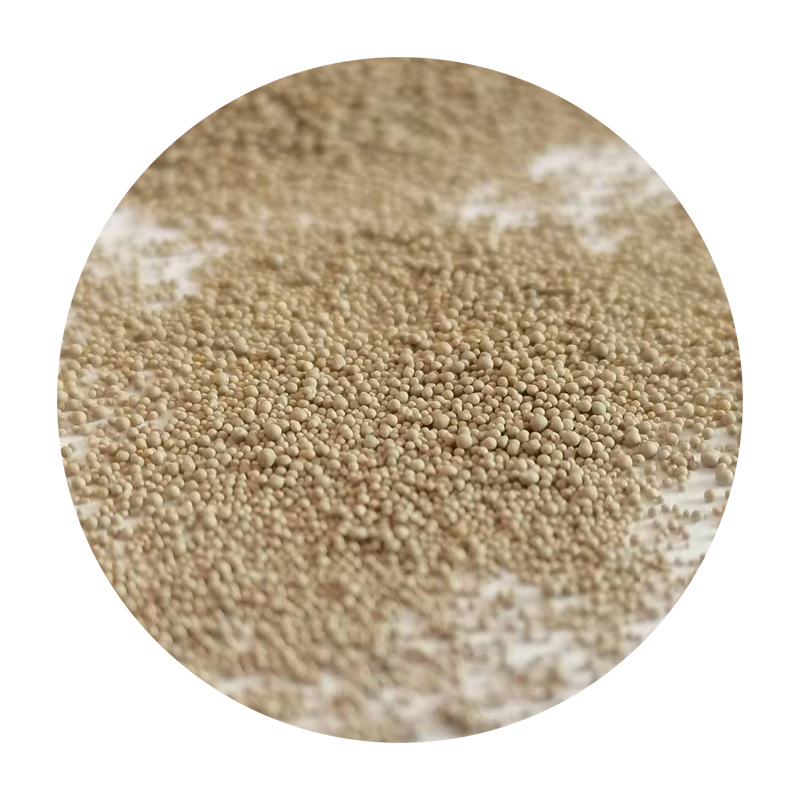The Process and Advantages of Resin-Bonded Sand Casting
Resin-bonded sand casting is a modern manufacturing technique that has gained popularity in various industries due to its distinct advantages in producing complex shapes with excellent surface finishes. This method employs a mixture of sand, resin, and a hardener, which together create a mold that hardens upon application of heat. This article explores the process of resin-bonded sand casting, its benefits, applications, and its position in the manufacturing landscape.
The Casting Process
The resin-bonded sand casting process begins with the preparation of the sand mixture. The sand is typically comprised of a fine silica base and a phenolic resin binder, often combined with a hardening agent. The sand and resin are mixed thoroughly and then shaped into the desired mold, typically using a pattern that represents the final product.
Once the mold is formed, heat is applied to initiate the curing process of the resin, which causes it to harden and bind the sand particles together. This results in a robust and stable mold capable of retaining its shape under high temperatures. After adequate curing time, the mold is opened, and any necessary finishing touches, such as removing excess sand or adding reinforcing elements, can be applied.
Next, the molten metal is poured into the mold cavity. Depending on the application, various metals like aluminum, bronze, or iron may be used. After the metal has cooled and solidified, the mold is removed to reveal the final casting. The cooling rate and pattern design play crucial roles in the properties of the final product, such as strength and surface finish.
Advantages of Resin-Bonded Sand Casting
One of the primary advantages of resin-bonded sand casting is the high dimensional accuracy it offers. The rigid nature of the resin-bonded sand mold allows for intricate details and tight tolerances that are often challenging to achieve with traditional sand casting methods. This precision is particularly beneficial in sectors that require complex geometries, such as aerospace and automotive industries.
Another significant benefit is the superior surface finish that can be attained with resin-bonded sand casting. The molds created from this process tend to produce smoother surfaces, thereby reducing the need for extensive machining or post-processing. This not only saves time but also minimizes material waste, contributing to more cost-effective production.
resin bonded sand casting

Additionally, the resin-bonded sand casting process allows for a reduced lead time in manufacturing compared to other casting processes. Since molds can be produced quickly and efficiently, manufacturers can respond faster to market demands and changes. This agility is vital in industries where time-to-market is critical.
Moreover, the versatility of the resin-bonded sand casting method allows it to be employed in a wide range of applications. From small, intricate components to large engine blocks, this technique can be scaled to meet varying production needs. This adaptability makes it a preferred choice for both low and high-volume productions.
Applications of Resin-Bonded Sand Casting
Resin-bonded sand casting finds its application in numerous industries, including automotive, aerospace, machinery, and even artistic sculpture. In the automotive sector, this method is frequently used to produce engine parts, transmission housings, and other critical components that require high strength and precision.
In the aerospace industry, where safety and reliability are paramount, the use of resin-bonded sand casting ensures that components like turbine housings and structural parts can withstand the challenging conditions of flight.
Furthermore, the art and construction industries employ resin-bonded sand casting for creating elaborate sculptures and architectural elements, combining functionality with aesthetic appeal.
Conclusion
Resin-bonded sand casting stands out as an innovative method in the world of metal casting. Its unique ability to produce complex shapes with high precision and superior surface finish makes it an essential technique in modern manufacturing. As industries continue to strive for efficiency and innovation, the use of resin-bonded sand casting is expected to grow, pushing the boundaries of what is possible in metal fabrication. Whether in automotive components, aerospace parts, or artistic sculptures, the application of this advanced casting method underscores its significance and versatile capabilities in a rapidly evolving manufacturing landscape.
Post time:des . 11, 2024 05:39
Next:Innovative Techniques in Resin Coated Sand Manufacturing for Improved Casting Quality and Performance
